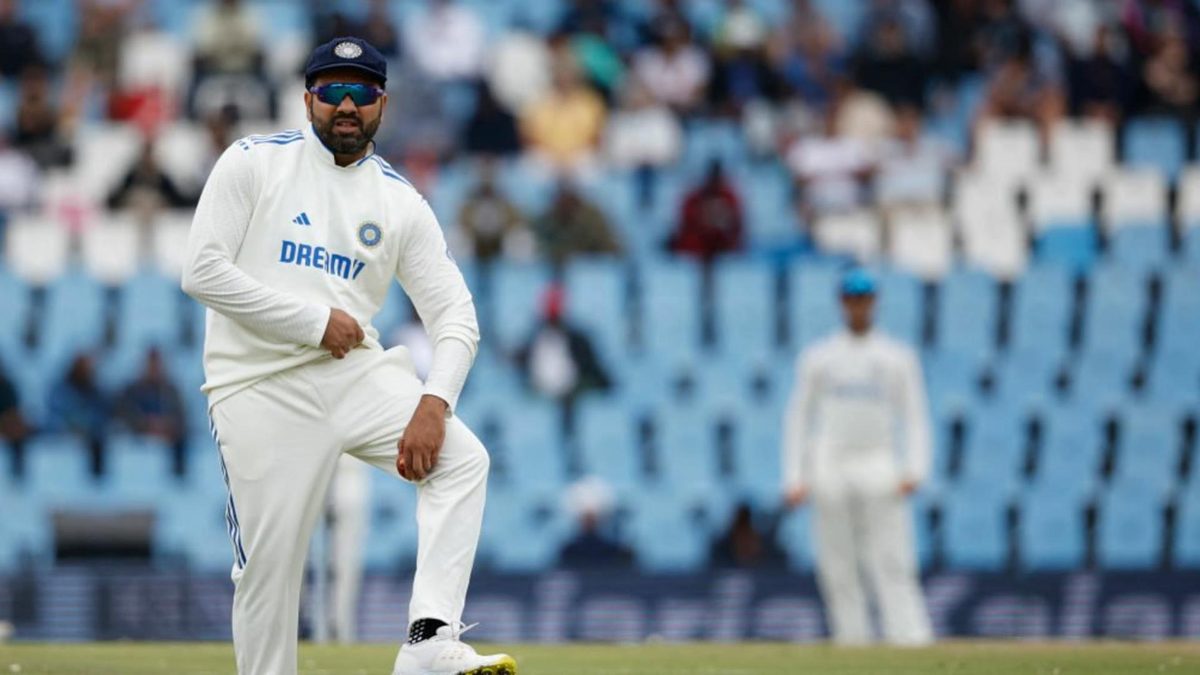
India’s wait for a first series win in South Africa goes on after succumbing to an innings defeat at Centurion.
Subscribe to the Wisden Cricket YouTube channel for post-match analysis, player interviews, and much more.
Having lost the toss on the first morning India were second best for much of the Test match against a South Africa side effectively playing with 10 players given the early hamstring injury incurred by their captain Temba Bavuma.
Here are four areas where the Test was lost for Rohit Sharma’s side:
Top order frailties
A top six of Sharma, Jaiswal, Gill, Kohli, Iyer and Rahul is a potentially mouthwatering prospect, a line-up overflowing with attractive stroke-makers. Rahul and Kohli aside, both of whom were immense in challenging conditions, it was a line-up that wilted against a rampant South Africa attack that expertly exploited the helpful conditions on offer.
Jaiswal has enjoyed an outstanding start to his international career but he fell cheaply in both innings and was fortunate not to be dismissed off the first ball of the India second innings with Aiden Markram shelling a routine chance in the slip cordon. Sharma experienced a similarly quiet Test with the bat, as did Gill whose lean run in Test cricket will invite pressure over this place in the run-up to the second Test at Newlands. Iyer, meanwhile, offered brief but important resistance in the first innings but was twice clean bowled – questions remain over his suitability in foreign conditions. Simply put, there was nowhere near enough support for Rahul and Kohli against an admittedly outstanding South Africa bowling unit.
Lack of support for Bumrah
Bumrah was predictably excellent but found minimal support from his fellow quicks. Mohammed Siraj, Shardul Thakur and debutant Prasidh Krishna went at a combined run rate of 4.53 runs per over; pressure was too easily relieved when Bumrah was given a rest. In reality, all three looked liked third, or even fourth, quicks and not one of them stepped up to fill the void left by the injured Mohammed Shami. Dean Elgar’s masterclass was only possible because of the support he was granted through the inexperienced trio of Tony de Zorzi, David Bedingham and Marco Jansen whose lives were made too easy by an inconsistent Indian seam attack.
India let their moment slip
South Africa weren’t always at it with the ball either. Gerald Coetzee struggled for rhythm in the first innings while Jansen was occasionally expensive. Nandre Burger was outstanding in the second innings but took time to find his groove on Test debut. Both sides’ less experienced bowlers were off the pace initially. The difference, though, was how South Africa extracted every last possible ounce of action out of Rabada when the game hung in the balance. Rabada bowled 13 of the first 37 overs in India’s first innings and in a herculean effort after lunch dismissed all of Iyer, Kohli and Ashwin in quick succession to swing the game in the Proteas’ favour.
Afforded a short break, he was brought back for the 47th over just as Shardul and Rahul threatened to build a dangerous partnership. Naturally, Rabada dismissed Shardul with his second ball back into the attack.
India were not as aggressive with their use of Bumrah. Most notably with the game once more in the balance, after lunch on day two. South Africa were 49-1, nearly 200 runs in arrears, against a ball that still had some of its shine. After the 40-minute interval, Rohit handed the ball to Shardul and Krishna who bowled in tandem for eight overs, conceding 42 runs in the process by which time Elgar was on 57 and de Zorzi had his eye in. A missed opportunity.
South Africa were brilliant
This was a genuinely outstanding team performance from South Africa. Their experienced heads stepped up and they were ably supported by a collection of Test novices. Burger looks a serious find while Bedingham suggested that he has the potential to transfer his outstanding first-class cricket across to the Test arena.








